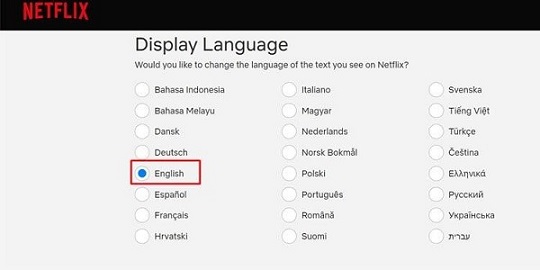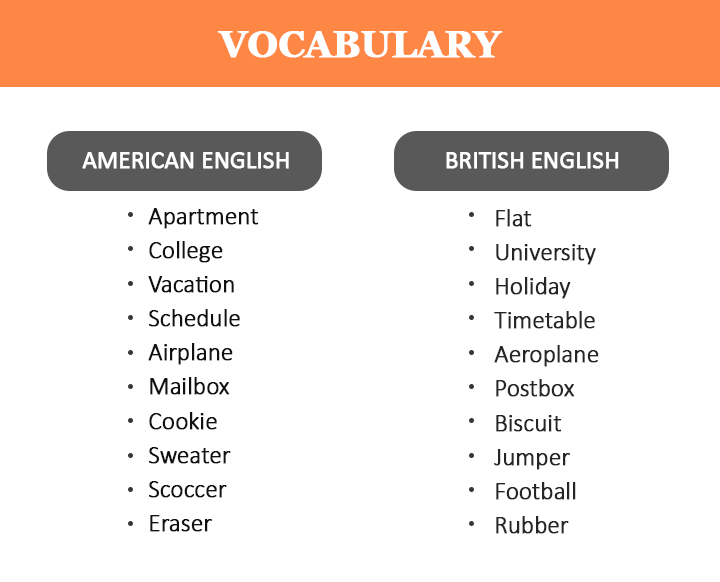Are you wondering why content localization is so important? How does content localization aid organizations in growing worldwide? Let us look at examples of one company that used the right strategies, allowing the organization to grow, and another that operated the wrong strategy, embarrassing the organization and putting a dent in its international growth.
Exhibit 1 – A good localization strategy
Netflix has been successful in the execution of its globalization and localization campaigns. Taking one show as an example, Netflix viewing data shows that 9 out of every ten people who watched the hit German series “Dark” lived outside of Germany.

Image credit: Netflix
To localize content, however, Netflix provides subtitles and dubbed versions of movies or shows in the language selected by the viewer. Netflix also steps to localize its user interface (UI) by letting subscribers choose the language they want displayed throughout the streaming service.

Image credit: Netflix
All these localization efforts helped Netflix emerge as a global streaming giant. As of July 2022, Netflix has 220.67 million paid subscribers worldwide, and it is the streaming platform in the USA with the highest viewership in 2022, with shows like Squid Game, Stranger Things, and Bridgerton on its roster.
Exhibit 2 – A lousy localization strategy
In the 1960s, Pepsi launched a campaign with the slogan – “Come alive! You are in the Pepsi generation.” The campaign hit native English-speaking countries. Unfortunately, the company’s localization backfired in China and Germany, where they translated the slogan “Pepsi brings your ancestors back from the dead” into Cantonese and “Rise from the grave with Pepsi!” into German.

Image Credit: Pepsi-cola Collectors Club
What is content localization?
Content localization is transforming your existing content or creating new content that is more understandable and acceptable in the geographic region where it will be consumed. Website content, marketing campaigns, broadcasting content, and HR documents are covered under content localization.
Cultural sensibilities, language differences, and other elements relevant to the targeted audiences are considered when curating content for localization. Content localization is vital because it allows the organization to understand the audience they intend to cater to and teaches them to speak the language of their audience.
Localization is more than translation – some vital stats
- Localization considers the local culture, consumer behavior, legal and other parameters to curate the products, content, and user experience to fit the specific geographic region.
- 90% of online shoppers choose their native language if it’s available on a website.
- Local Facebook pages get 50% higher engagement.
- 41% of prominent brands have at least one local country page.
- The global language services industry is forecasted to grow by $5 billion, reaching $56 billion in 2021.
- It is expected to grow at a compound annual growth rate of 5.3% between 2021 and 2026.
- Even in English-speaking countries, there is a difference in how certain words are pronounced and perceived.
Why is content localization important
Increased engagement – Organizations that localize their content enjoy a higher audience engagement rate, and studies reveal that localized marketing campaigns yield an 86% increase in click-through and conversion rates. Localized content appeals to the audience by helping them connect with the content linguistically and emotionally. For example, neglecting to caption a video in British English would not localize the content appropriately for the British audience creating a disconnect between the content and the viewers.

Some differences between American and British English
Competitive edge – Localizing content is the best way an organization can improve its online presence. Studies reflect that localization can increase search traffic by 47%, boost website visits by 70%, and increase conversion rates by 20%. Consumers are looking for content in their language; hence, a company’s website is more likely to appear in search results if it is localized.
Reaching new markets – 55% of global audiences would only purchase from websites that provide information in their language. Among those proficient in English, 65% prefer to read content in their language. If we compare these stats to the localization mentioned above strategy of Netflix, we’d understand how they managed to secure their position as the global streaming giant across 190 countries.
Over time, with tried and tested practices, content localization has emerged as a best practice for organizations aiming for an international presence. For brand awareness, global marketing, or broadcasting organizations to present their content to a specific geographic location, localization is an effective tool to reach and connect with the audience.




